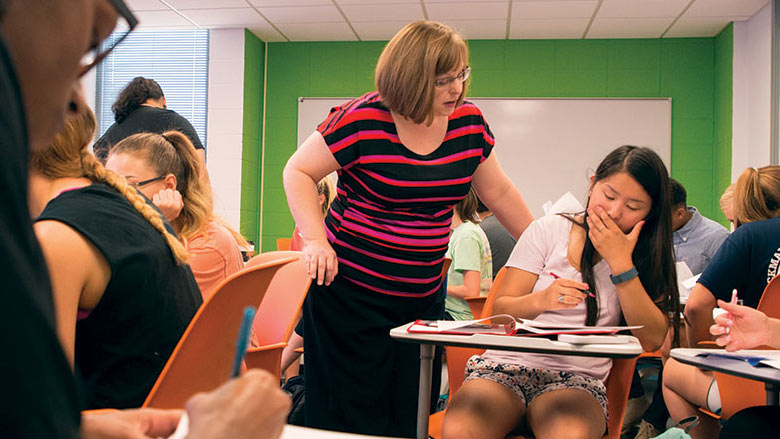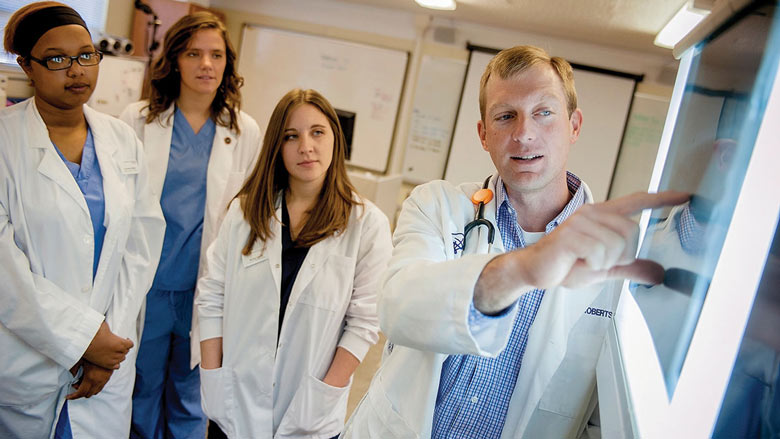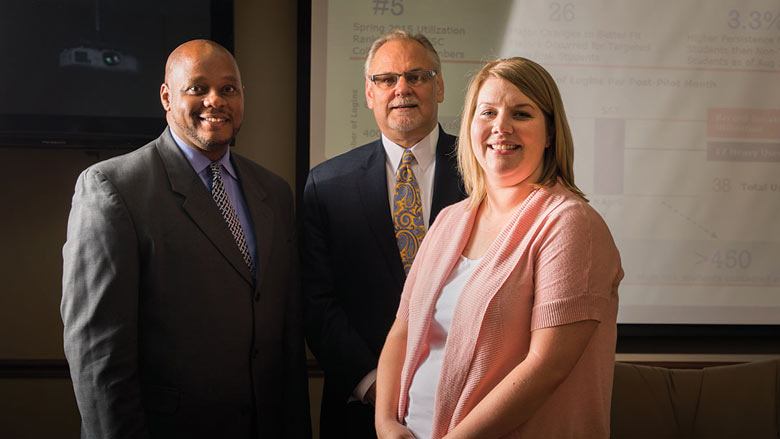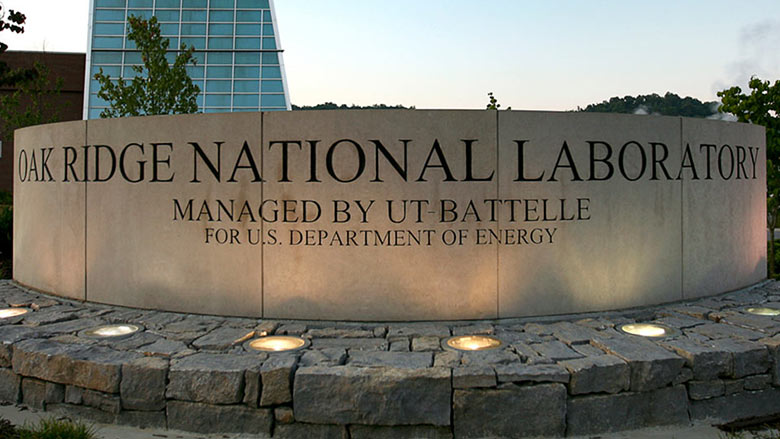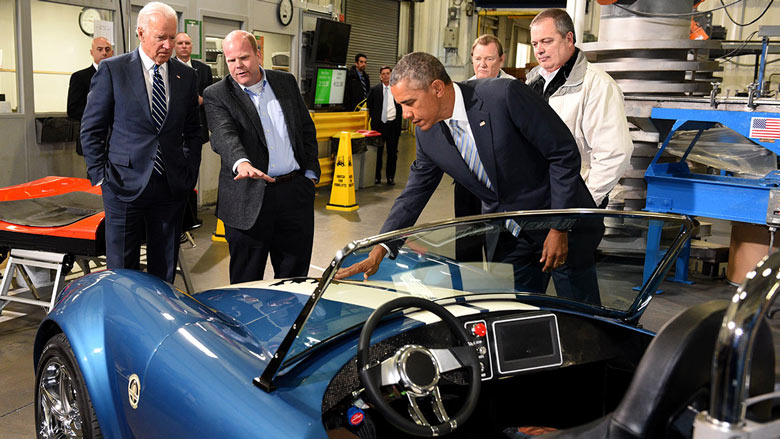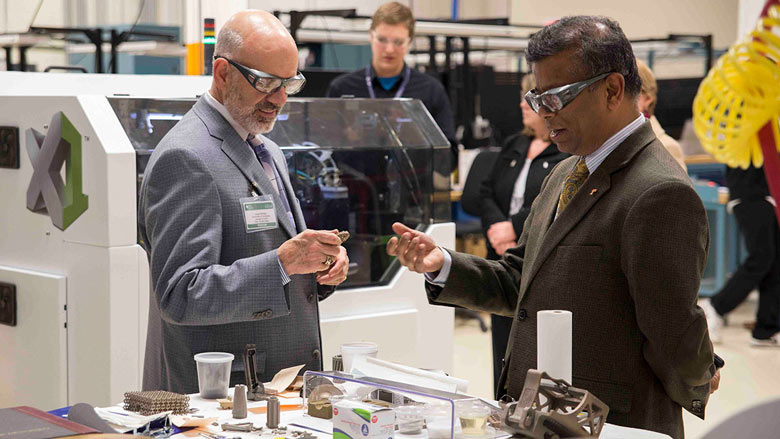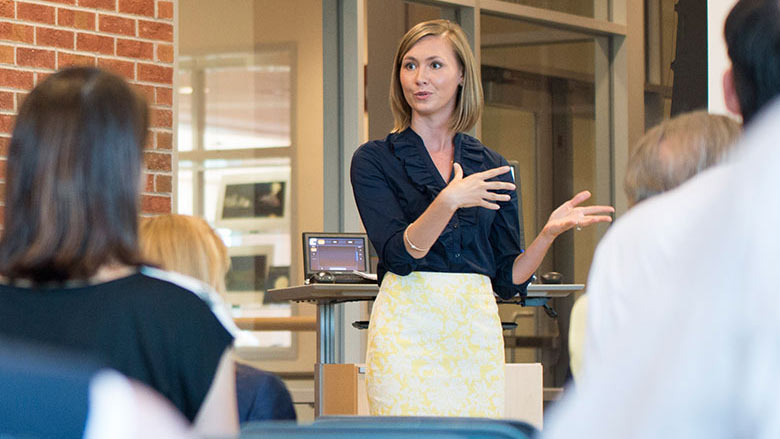From the President Joe DiPietro
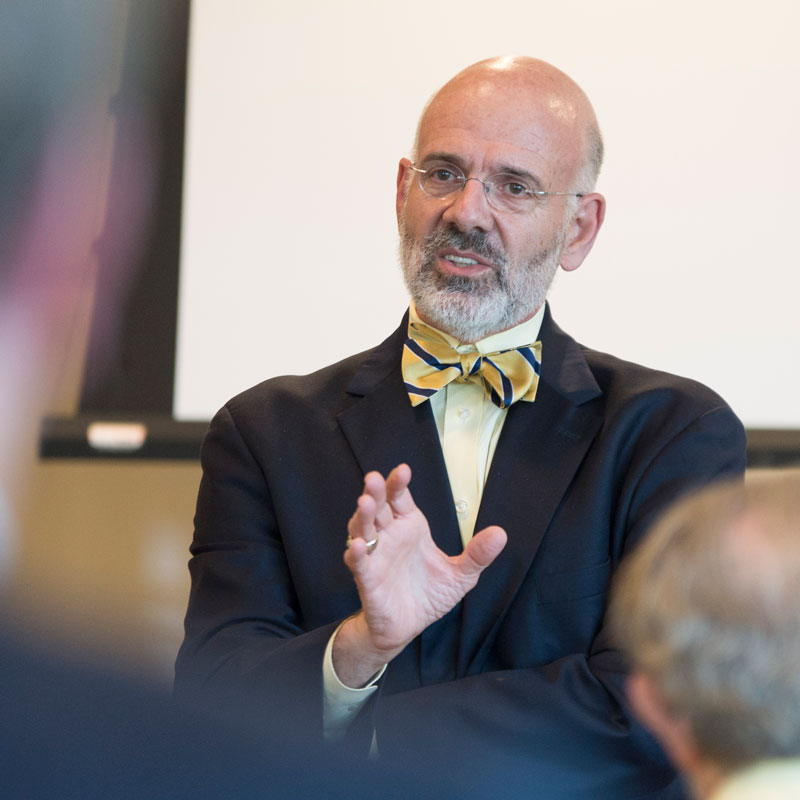
Throughout the state and in every one of its counties, the University of Tennessee makes an impact that makes life better for all Tennesseans—whether in a classroom, a laboratory, a hospital, or a farmer’s field.
We have a role unlike any other Tennessee institution, and we’re proud of that. We have a land-grant mission; we co-manage a U.S. Department of Energy national lab; we achieved $436 million in research and sponsored projects funding in fiscal year 2015; and we graduate more than 10,000 of Tennessee’s best and brightest every year.
We also have a revenue problem. It’s ours to fix, and we’re working on it. In 2014, I introduced the reality of our broken business model to our Board of Trustees. I told them about the $377 million funding gap projected over the next 10 years, and they agreed with me that tuition increases are not the way to close that gap. We chose to take a hard look at our funding structure, committed to keeping a UT education affordable while achieving long-term sustainability.
We formed the Budget Advisory Group and initiated work on making the University more effective, efficient, and entrepreneurial, while maintaining its excellence. The group created a set of budget parameters for the fiscal year that began on July 1, 2015. Those parameters have already made a difference—in June our Board approved the lowest tuition increases in 30 years.
Strong state support also made a difference—I’m grateful that the governor and legislature provided increased funding for our UT Institute of Agriculture, UT Institute for Public Service and UT Health Science Center that will enhance each institution’s capacity to serve Tennesseans. In 2014, these institutions provided a combined outreach to more than 4.4 million people statewide.
I’m also grateful for state funding for a 4-H center for West Tennessee and for the thousands of UT Advocates who communicated the importance of this facility.
Our advocates made a visible impact for UT, and I believe the public funding for the University demonstrates the state’s recognition of the powerful impact UT has throughout Tennessee.
Educate. Discover. Connect. It’s what we do, and it’s how we make an impact for the good of all Tennesseans.
All the best,

UT President Joe DiPietro



